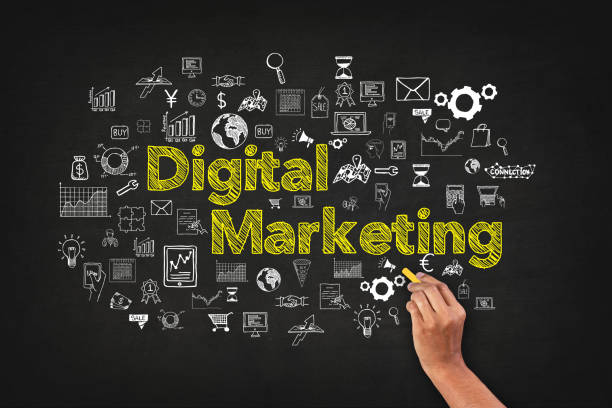In today’s digital-first world, relying on guesswork in marketing no longer delivers results. Businesses that succeed are the ones that use data to guide decisions, refine campaigns, and align every action with their growth goals. At Digital Cut Media Solutions, we believe a strong digital marketing strategy should be built on measurable insights rather than assumptions.
This blog will walk you through how to build a data-driven marketing strategy, why it matters, and the steps you can take to achieve sustainable business growth. Whether you’re a small business owner or part of a larger organisation, adopting a structured approach ensures your marketing strategy services deliver measurable ROI.
Why a Data-Driven Marketing Strategy Matters
A traditional marketing plan often focuses on creative ideas and channel selection. While those are important, data-driven strategies go further by using analytics to:
- Identify your ideal target audience.
- Set clear, measurable goals.
- Allocate budgets more effectively.
- Track campaign performance in real time.
- Continuously optimise for higher ROI.
Benefits of Going Data-Driven
- Clarity – You know exactly what’s working and what isn’t.
- Efficiency – Marketing budgets are optimised for maximum return.
- Predictability – Historical data helps forecast future trends.
- Scalability – Systems and insights can be applied to expand into new markets.
Step 1: Define Clear Business Goals
Every successful digital marketing strategy begins with goals. Without them, it’s impossible to measure success or justify budgets.
Why Goals Matter
Clear goals guide every marketing action—from content creation to ad spend. They ensure all departments (sales, product, marketing) are aligned.
SMART Goals Framework
Use SMART (Specific, Measurable, Achievable, Relevant, Time-bound):
- Specific: Increase website leads.
- Measurable: Grow leads by 25%.
- Achievable: With new ad targeting, this is realistic.
- Relevant: Directly supports revenue growth.
- Time-bound: Within the next 6 months.
By setting SMART goals, businesses can avoid vague expectations and build campaigns tied to tangible outcomes.
Step 2: Understand Your Target Audience
Your audience should be at the Centre of your strategy. Data-driven marketing ensures you understand who your customers are, what they want, and how they behave online.
Audience Research Sources
- Google Analytics – See where traffic comes from and what pages they engage with.
- Social Media Insights – Track demographics, engagement, and interests.
- CRM Data – Analyse past customers to predict future Behaviours.
- Surveys & Interviews – Direct feedback on customer needs.
Example Customer Persona Snapshot
| Persona | Demographics | Goals | Pain Points | Preferred Channels |
| Small Business Owner | 35–50 years, Urban | Grow leads | Limited budget | LinkedIn, Google Ads |
| Marketing Manager | 28–40 years, Corporate | Improve ROI | Data overload | Email, Paid Ads |
| E-commerce Shopper | 20–35 years, Global | Quick deals | Lack of trust | Instagram, Mobile Ads |
When your personas are backed by real data, your content, messaging, and ad targeting become far more effective.
Step 3: Choose the Right Channels
Not every platform delivers equal results. A marketing strategy service can help Analyse data and identify the most effective mix of channels.
Paid Channels
- Google Ads – Great for intent-based targeting (people searching for your product).
- Social Ads – Facebook, Instagram, and LinkedIn excel for brand awareness and retargeting.
Organic Channels
- SEO & Content Marketing – Builds long-term visibility and credibility.
- Email Marketing – Drives customer retention and repeat sales.
Omnichannel Approach
A winning digital marketing strategy doesn’t rely on one channel—it integrates multiple. For example:
- Use Google Ads to attract visitors.
- Retarget them with social ads.
- Nurture leads with email campaigns.
This data-driven funnel increases conversion rates and lowers overall costs.
Step 4: Leverage Data and Analytics
Data is the backbone of any effective marketing plan. Without it, decisions are based on assumptions.
Key Metrics to Monitor
- Traffic – Number of website visitors.
- Bounce Rate – Percentage of users leaving quickly.
- Conversion Rate – % of visitors taking desired action.
- CPA – Cost per acquisition.
- CLV – Customer lifetime value.
Tools for Tracking
- Google Analytics – Website and campaign performance.
- Google Tag Manager – Simplifies tracking codes.
- HubSpot / Zoho CRM – Tracks leads and sales.
- Data Dashboards – Consolidate reporting.
The more accurately you measure performance, the more confidently you can refine strategies.
Step 5: Build a Digital Growth Plan
Once you’ve set goals, studied audiences, and identified channels, the next step is creating a roadmap for growth.
Core Components of a Growth Plan
- Customer Journey Mapping – From awareness → consideration → decision.
- Budget Allocation – Spend more where ROI is highest.
- Content Calendar – Regular campaigns tied to goals.
- Optimisation Cycles – Weekly or monthly reviews.
Example of a Growth Plan Cycle
- Launch a paid campaign.
- Track performance for 30 days.
- Adjust targeting and ad copy.
- Scale successful campaigns.
Our Marketing Strategy Services include structured growth frameworks that businesses can adopt for sustainable results.
Step 6: Test, Optimise, and Improve
Data-driven strategies are never one-and-done. The real power lies in ongoing improvement.
Optimisation Practices
- A/B Testing – Compare two versions of landing pages or ads.
- Audience Segmentation – Deliver customised messages.
- Budget Shifting – Move resources to high-performing channels.
- Predictive Analytics – Anticipate market trends.
Common Mistakes to Avoid
Even with the right tools, many businesses stumble in execution.
- Over-reliance on vanity metrics (likes, clicks without conversions).
- Ignoring mobile-first audiences.
- Not reviewing data often enough.
- Failing to align with business goals.
Avoiding these pitfalls ensures your digital marketing strategy stays effective.
Conclusion
A digital marketing strategy is more than just running ads or creating content—it’s about aligning your marketing efforts with business goals using data as the foundation. At Digital Cut Media Solutions, we specialise in helping businesses create strategies that deliver measurable results.
Whether you’re building your first plan or refining an existing one, now is the best time to embrace smarter strategies. Investing in professional marketing strategy services ensures you have the right framework, tools, and insights to turn raw numbers into actionable growth.
At Digital Cut Media Solutions, our goal is simple: to help businesses like yours grow with clarity, confidence, and measurable results. Together, we can transform marketing from an expense into a long-term investment for your business success.
Ready to take the next step in building a smarter strategy? Contact us today and let’s create a plan that drives results for your business.
FAQs
What is a data-driven marketing strategy?
It’s an approach that uses analytics, customer insights, and performance metrics to guide all marketing decisions. Unlike traditional methods, it focuses on facts over assumptions.
Why is a digital marketing strategy important for businesses?
It helps align marketing activities with business goals, ensures better ROI, improves targeting accuracy, and allows businesses to scale effectively.
How can marketing strategy services help my business?
They provide expertise in customer research, campaign planning, and Optimisation frameworks that many businesses lack internally. Services also ensure your budget is spent where it matters most.
What tools are essential for data-driven marketing?
Common tools include Google Analytics, Google Tag Manager, HubSpot, Zoho CRM, and custom dashboards. Together, they provide a 360° view of campaign performance.
How often should I review my marketing strategy?
You should track metrics weekly or monthly and conduct a comprehensive review quarterly. Regular updates help adapt to market changes and keep your campaigns effective.






